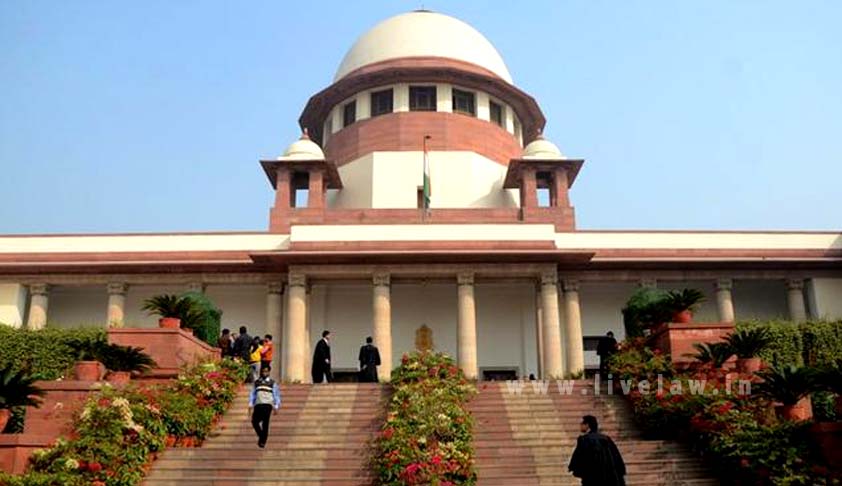- Home
- /
- Top Stories
- /
- Accident caused by composite...
Accident caused by composite negligence: Claimant is entitled to sue both or any one of the joint tort feasors and recover the entire compensation from any of them, holds SC
LIVELAW NEWS NETWORK
17 May 2015 8:12 AM
In a judgment rendered recently [Khenyei v. New India Assurance Co. Ltd. & Ors], a Bench of the Apex Court led by CJI H L Dattu has held that in the case of composite negligence, plaintiff/claimant is entitled to sue both or any one of the joint tort feasors and recover the entire compensation from any of them, as liability of joint tort feasors is joint and several.The Court was...
In a judgment rendered recently [Khenyei v. New India Assurance Co. Ltd. & Ors], a Bench of the Apex Court led by CJI H L Dattu has held that in the case of composite negligence, plaintiff/claimant is entitled to sue both or any one of the joint tort feasors and recover the entire compensation from any of them, as liability of joint tort feasors is joint and several.
The Court was considering a batch of appeals where the main question which arose for consideration was, whether it is open to a claimant to recover entire compensation from one of the joint tort feasors, particularly when an accident caused by composite negligence of drivers of trailor-truck and bus has been found to be 2/3rd and 1/3rd extent respectively.
The Bench said, “In a case of accident caused by negligence of joint tort feasors, all the persons who aid or counsel or direct or join in committal of a wrongful act, are liable. In such case, the liability is always joint and several. The extent of negligence of joint tort feasors in such a case is immaterial for satisfaction of the claim of the plaintiff/claimant and need not be determined by the court. However, in case all the joint tort feasors are before the court, it may determine the extent of their liability for the purpose of adjusting inter-se equities between them at appropriate stage. The liability of each and every joint tort feasor vis a vis to plaintiff/claimant cannot be bifurcated as it is joint and several liability. In the case of composite negligence, apportionment of compensation between tort feasors for making payment to the plaintiff is not permissible as the plaintiff/claimant has the right to recover the entire amount from the easiest targets/solvent defendant.”
The Bench drew out the distinction between contributory and composite negligence thus: “There is a difference between contributory and composite negligence. In the case of contributory negligence, a person who has himself contributed to the extent cannot claim compensation for the injuries sustained by him in the accident to the extent of his own negligence; whereas in the case of composite negligence, a person who has suffered has not contributed to the accident but the outcome of combination of negligence of two or more other persons.”
The Apex Court clarified that even if all the joint tort feasors are impleaded and both the drivers have entered the witness box and the tribunal or the court is able to determine the extent of negligence of each of the driver that is for the purpose of inter se liability between the joint tort feasors but their liability would remain joint and several so as to satisfy the plaintiff/claimant.
The Bench also comprising of Justices S.A. Bobde and Arun Mishra further held that it would not be appropriate for the court/tribunal to determine the extent of composite negligence of the drivers of two vehicles in the absence of impleadment of other joint tort feasors. In such a case, impleaded joint tort feasor should be left, in case he so desires, to sue the other joint tort feasor in independent proceedings after passing of the decree or award.
Read the Judgment here.

